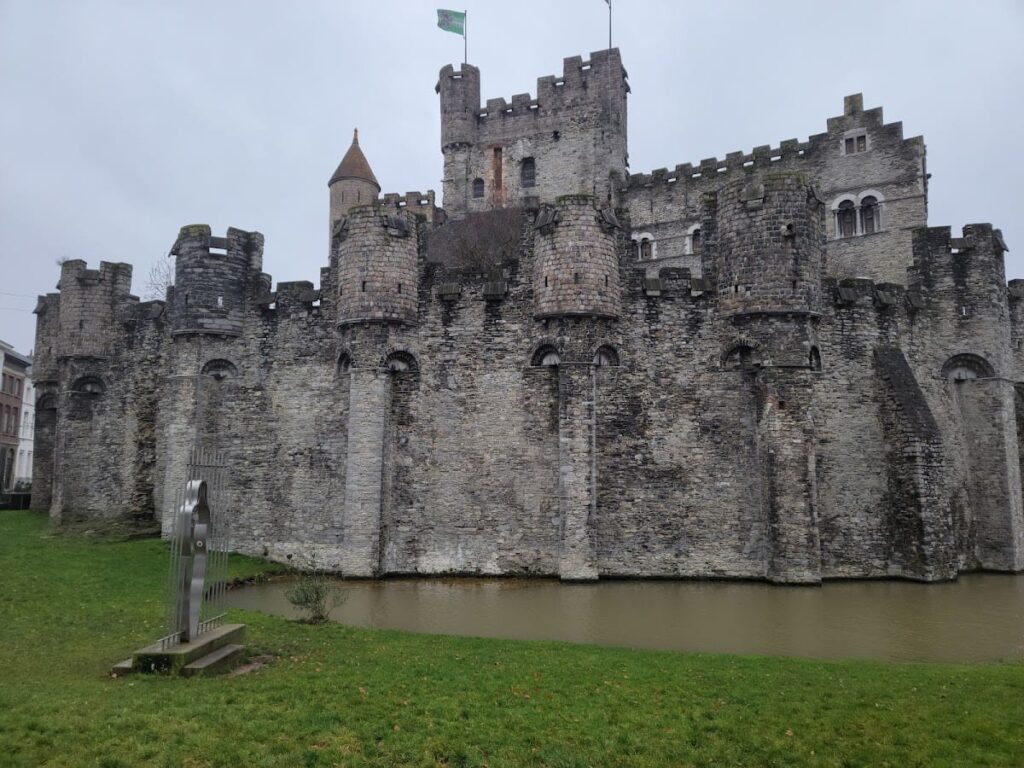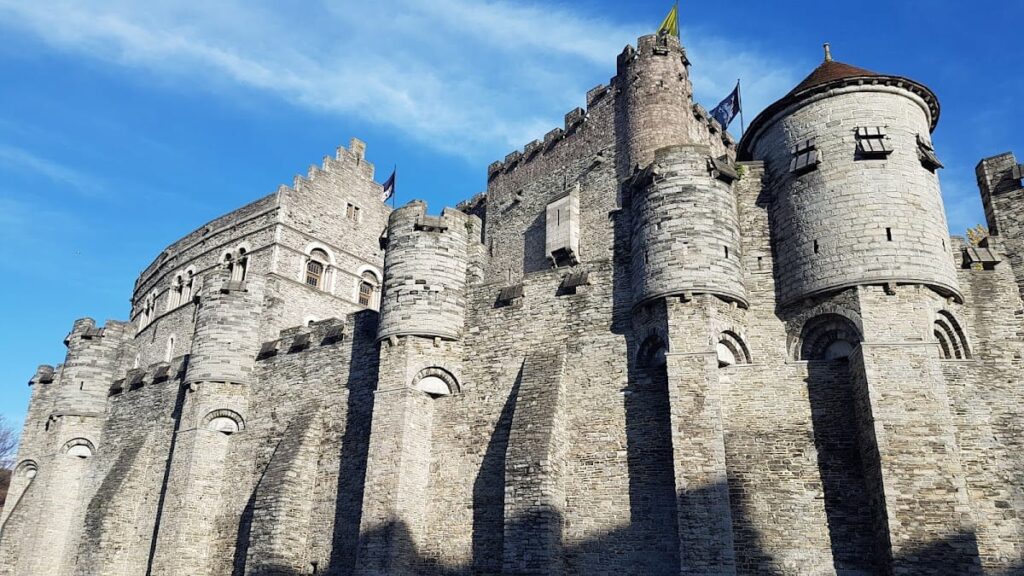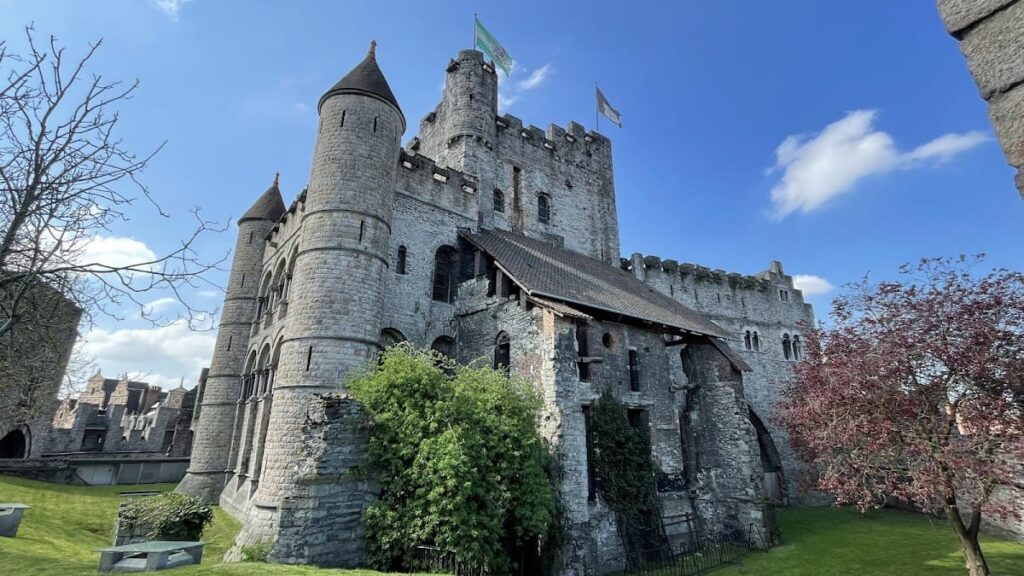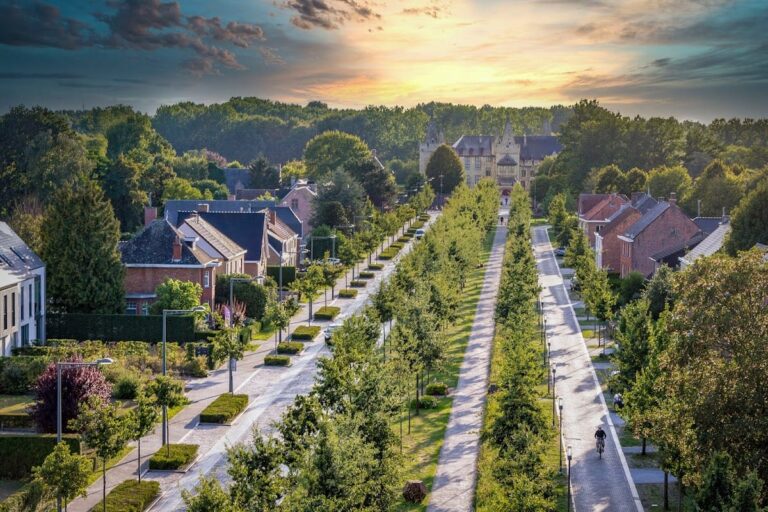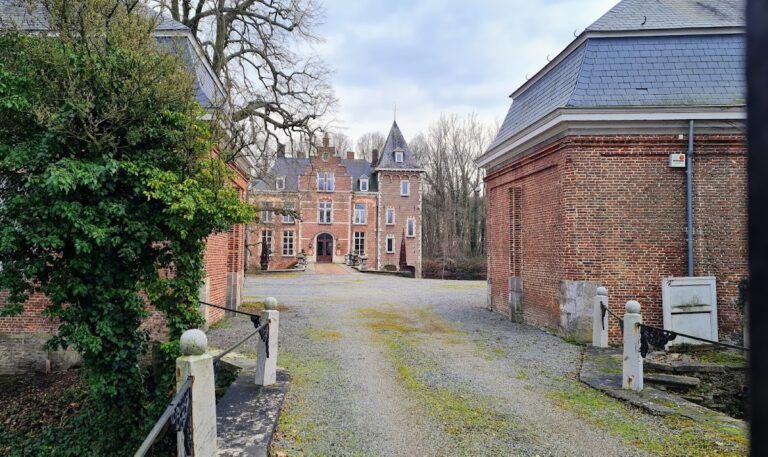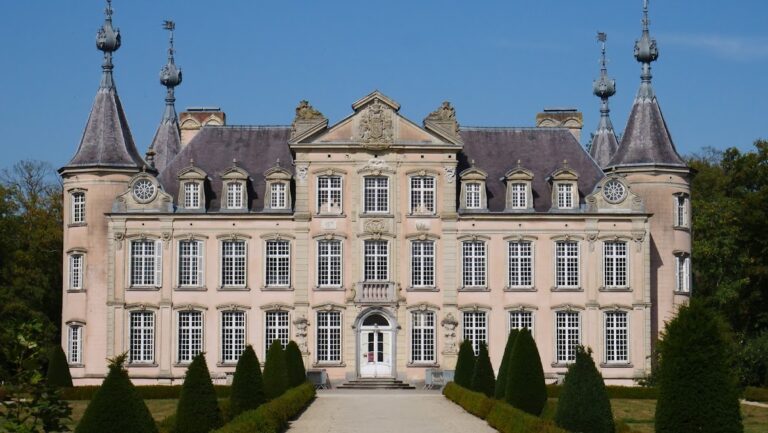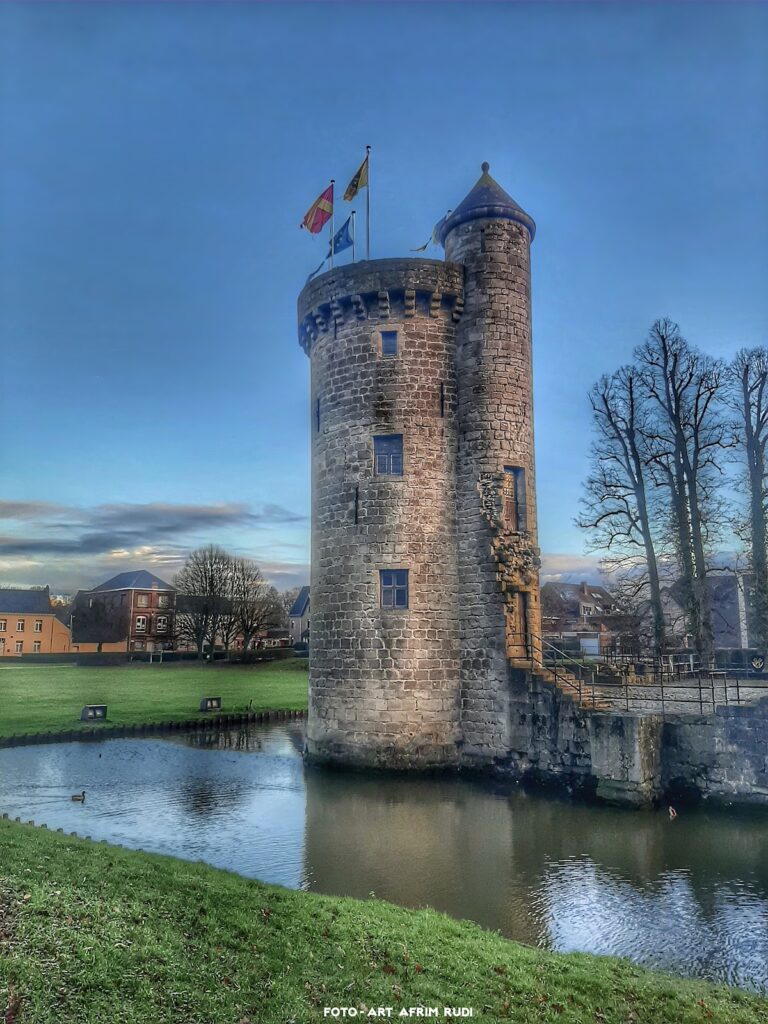Gravensteen: The Medieval Castle of Ghent and Its Historical Role
Visitor Information
Google Rating: 4.6
Popularity: Very High
Google Maps: View on Google Maps
Official Website: historischehuizen.stad.gent
Country: Belgium
Civilization: Medieval European
Remains: Military
History
The Gravensteen stands in Ghent, Belgium, on a strategic sandy dune near the meeting point of the Leie and Scheldt rivers. Its earliest fortification dates back to the 9th century, built by Count Baldwin I, known as Baldwin Iron Arm. This initial stronghold was intended to defend the area against Viking raids, marking the site’s first military significance.
In the early 10th century, Count Arnulf I replaced the original fortification with a wooden structure. By the mid-12th century, Count Robert I of Flanders transformed the site into a stone castle, replacing the wooden central building with a large stone keep measuring roughly 33 by 18.8 meters. The castle was designed as a motte-and-bailey, featuring a raised earth mound and a surrounding moat. A major fire in 1176 destroyed many wooden buildings within the complex.
Around 1180, Count Philip of Alsace undertook a significant rebuilding of the castle. He raised and broadened the motte, constructed a central donjon about 30 meters tall, and surrounded it with a stone curtain wall featuring 24 projecting towers and a fortified gatehouse. The castle, initially called “novum castellum” or “new castle,” served as the residence of the Counts of Flanders until 1353. Its design may have been influenced by Crusader castles such as Krak des Chevaliers.
In the 14th century, Count Louis of Male moved the residential function to the more comfortable Hof ten Walle, later known as the Prinsenhof. Despite this, the Gravensteen retained important administrative roles. From 1353, it housed the Ghent Mint, and from 1407, it served as the seat of the Council of Flanders, the highest court in the region. The castle also functioned as a prison during this period.
By the 18th and 19th centuries, the castle’s defensive moats had silted up and were built over by houses, obscuring the structure. The Council of Flanders used the castle until 1778. Afterward, it was sold to private owners and repurposed for industrial use, including a cotton mill established in 1807. This industrial phase led to significant deterioration of the castle.
In the late 19th century, the city and state repurchased the Gravensteen. Between 1893 and 1903, architect Joseph de Waele led a major restoration, aiming to return the castle to a romanticized version of its 12th-century appearance. Some features added during this restoration, such as flat roofs and certain windows, do not reflect the original medieval design.
The castle also became known locally for a 1949 student occupation called the “Slag om het Gravensteen,” a large-scale protest against beer price increases and police uniform changes. This event is commemorated annually by student festivals.
Remains
The Gravensteen is a fortified water castle featuring a central stone keep, or donjon, approximately 30 meters tall. This massive tower contains three floors with large halls stacked vertically, connected by a monumental stone staircase. The donjon includes wall fireplaces, latrines, and carefully placed light openings, reflecting medieval efforts to provide comfort and status.
Surrounding the donjon is a stone curtain wall fortified with 24 projecting towers and a fortified gatehouse with a forebuilding. This enclosure creates an inner courtyard and separates an upper bailey, called the opperhof, from a lower bailey, the voorhof, where wooden utility buildings once stood. The castle sits atop a raised earth mound, or motte, which was expanded using soil from the surrounding moat.
The moat originally encircled the castle and was filled with water. Restoration efforts have returned it to about two-thirds of its original capacity as of 2016. The castle’s construction uses various colored stones, giving it a distinctive polychrome appearance.
The 19th-century restoration removed all non-Tournai stone elements to reveal the medieval core. However, some non-historic features, such as flat roofs and certain window designs on the eastern annex, were introduced during this period.
The castle complex includes the gatehouse, curtain wall, donjon, the count’s former residence, and stables. It houses a museum with a unique collection of medieval judicial instruments and torture devices, alongside a historical weapons collection assembled in the 19th century by industrialist Adolphe Neyt.
Archaeological excavations beneath and around the castle walls have taken place during restoration phases, enhancing understanding of the site’s development. A notable artifact associated with the castle is a mummified wolf’s paw, likely nailed to the castle gate around 1700 as a trophy. This paw is preserved in the city museum, STAM.
